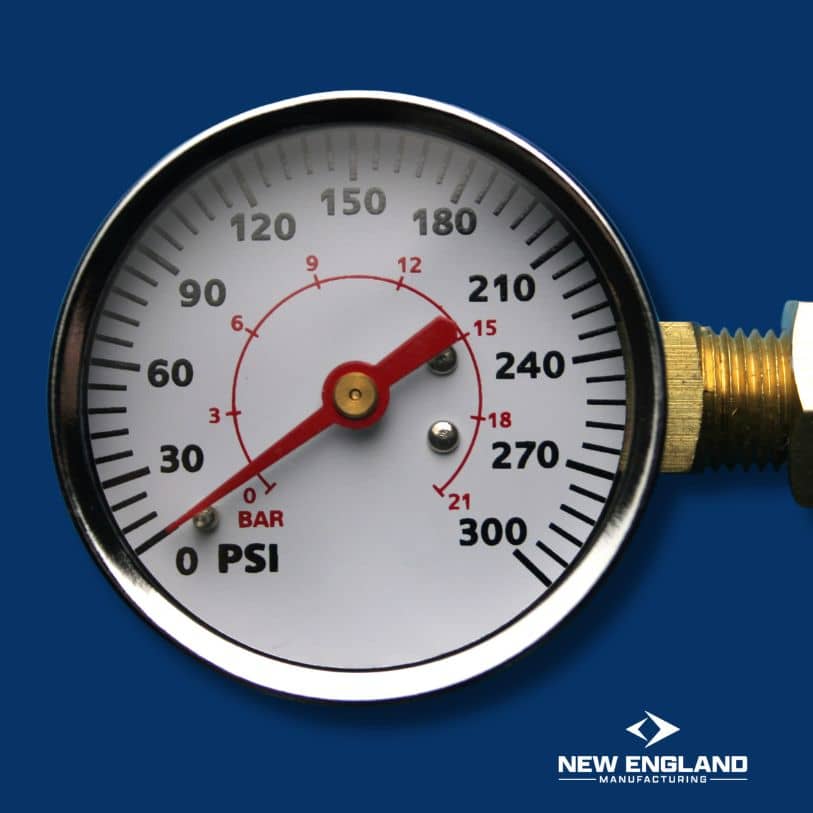Pitot Tube Pressure: Unraveling Fluid Velocity
In the fascinating world of fluid dynamics, understanding the speed of a fluid, be it air or water, is crucial for a wide array of applications. From the design of aerodynamic vehicles to the management of water flow in pipelines, the measurement of fluid velocity is a fundamental aspect. Among the various techniques and instruments used for this purpose, the pitot tube stands out for its simplicity, accuracy, and versatility. This tool, seemingly simple in its design, harnesses the principles of fluid dynamics to provide valuable data in numerous fields such as aviation, meteorology, and hydraulics. Today, we’re going to delve into the intricacies of the pitot tube, focusing particularly on the concept of pitot tube pressure, a key element in understanding how this device measures fluid velocity.
The Basics of Pitot Tube Functionality
Understanding the pitot tube’s role in measuring fluid velocity begins with its basic functionality. This slender tube, facing the fluid flow, connects to a pressure-measuring device. Its operation rests on Bernoulli’s principle, which links fluid speed increases to decreases in pressure or potential energy. As fluid enters the pitot tube, it halts, leading to a pressure rise. This stagnation pressure, when compared to the fluid’s static pressure, creates a difference known as pitot tube pressure. This difference directly relates to the fluid’s velocity. Grasping this relationship is key to unlocking the pitot tube’s potential in various fields.
Pitot Tube Pressure in Different Fluids
The pitot tube’s application extends across different fluid types. In aviation or meteorology, it measures airspeed or wind speed, where air density and temperature significantly affect the readings. In contrast, when used in water or other liquids, as seen in hydraulic studies or maritime applications, the liquid’s viscosity and density influence the measurements. The pitot tube pressure reacts differently based on these fluid properties, highlighting the importance of understanding the fluid’s characteristics for accurate measurements.
Calibration and Accuracy Concerns
For the pitot tube to measure fluid velocity accurately, proper calibration and awareness of potential errors are crucial. Calibration involves comparing the pitot tube pressure readings with known standards. Factors like tube alignment, equipment condition, and fluid turbulence can affect measurement accuracy. Furthermore, the readings at very high or low fluid velocities can become less reliable. Therefore, taking steps to mitigate these limitations and conducting regular calibration and maintenance is- vital for precise and reliable data.
Pitot Tubes in Aviation and Aerospace
In aviation and aerospace, pitot tube pressure plays a crucial role in determining airspeed, essential for flight safety and efficiency. The accuracy of these readings directly affects pilot decisions and aircraft control systems. The pitot tube measures the pressure of air entering it during flight, translating it into speed readings. However, altitude, air density, and temperature can impact these readings. Engineers and pilots need to understand these factors to interpret the data correctly and ensure aircraft safety.
Modern Innovations and Technological Advances
Technological advancements have significantly evolved pitot tube technology. Modern pitot tubes now feature digital sensors and advanced materials for enhanced durability and precision. These digital sensors provide accurate, real-time pressure readings, facilitating immediate data analysis. Moreover, integrating pitot tubes with systems like GPS and computerized data processing has expanded their functionality. These advancements have made pitot tubes indispensable in various fields, including renewable energy, sports science, and environmental monitoring.
Educational and Research Implications
Pitot tubes not only have practical applications but also hold significant educational and research value. They offer a hands-on way to understand and apply fluid dynamics and aerodynamics principles. In educational settings, pitot tubes are excellent tools for demonstrating concepts like Bernoulli’s principle. In research, they enable detailed fluid flow pattern studies, contributing to advancements in vehicle design and environmental fluid dynamics. Thus, pitot tubes play a critical role in scientific innovation and education.
Conclusion
The pitot tube, a modest yet powerful tool, is essential in measuring fluid velocity across various fields. From its basic operating principles to its applications in aviation, technology, and research, pitot tube pressure measurement is a cornerstone in fluid dynamics. Its simplicity, paired with the depth of information it provides, makes it an invaluable tool. As we have seen, understanding the nuances of pitot tube pressure is crucial for accurate measurements. The ongoing advancements in pitot tube technology promise even greater precision and broader future applications. For professionals, students, and enthusiasts, the pitot tube remains a compelling study subject, offering endless exploration and discovery opportunities in fluid mechanics.
Read More:
Accuracy in Fluid Dynamics

Mark R.
With a strong foundation in industrial safety and fire protection systems, Mark R. specializes in creating clear, technical, and compliance-driven content. Writing for SafeTech Reports, he covers topics such as fire hydrant testing, PPE protocols, emergency procedures, and smart technology integration in safety systems. His work ensures that professionals stay informed on the latest regulations, best practices, and emerging trends in safety and infrastructure maintenance.
Get in touch
We usually respond within 24 hours
Need Reliable Water Flow Test Equipment?
For over 70 years, New England Manufacturing has been the trusted source for fire hydrant and water flow testing kits. From pitot gauge kits to custom test kits, we provide precision, durability, and expert calibration to meet your needs.
- Custom-built test kits
- High-quality pressure gauges
- Reliable calibration services


